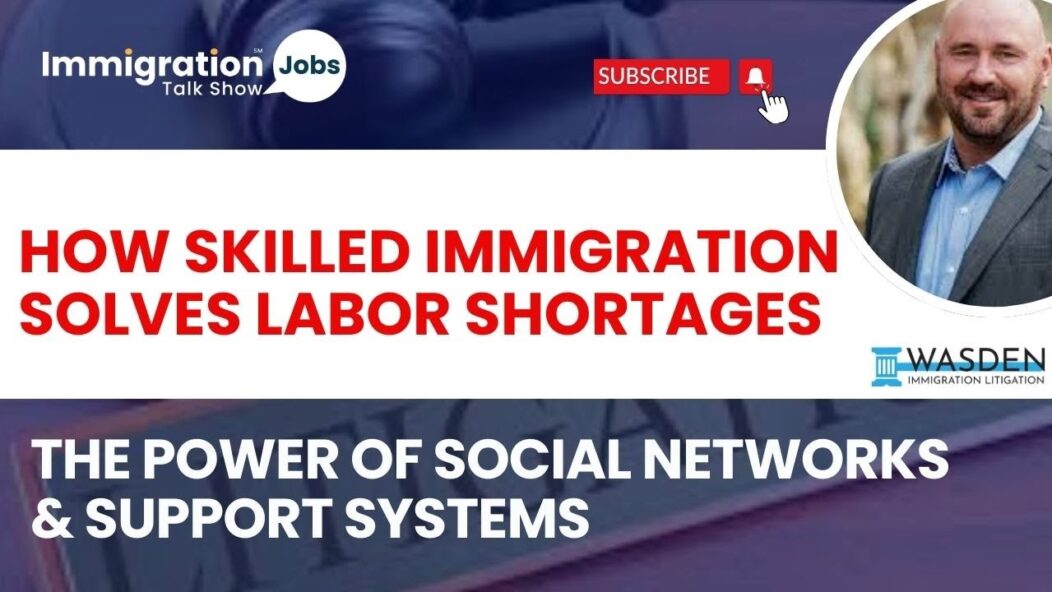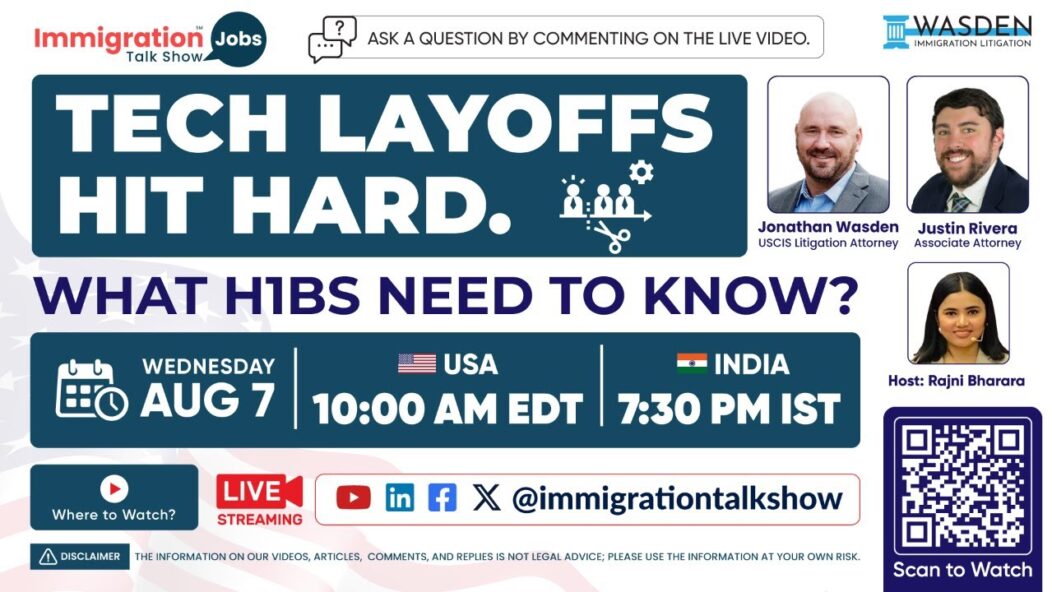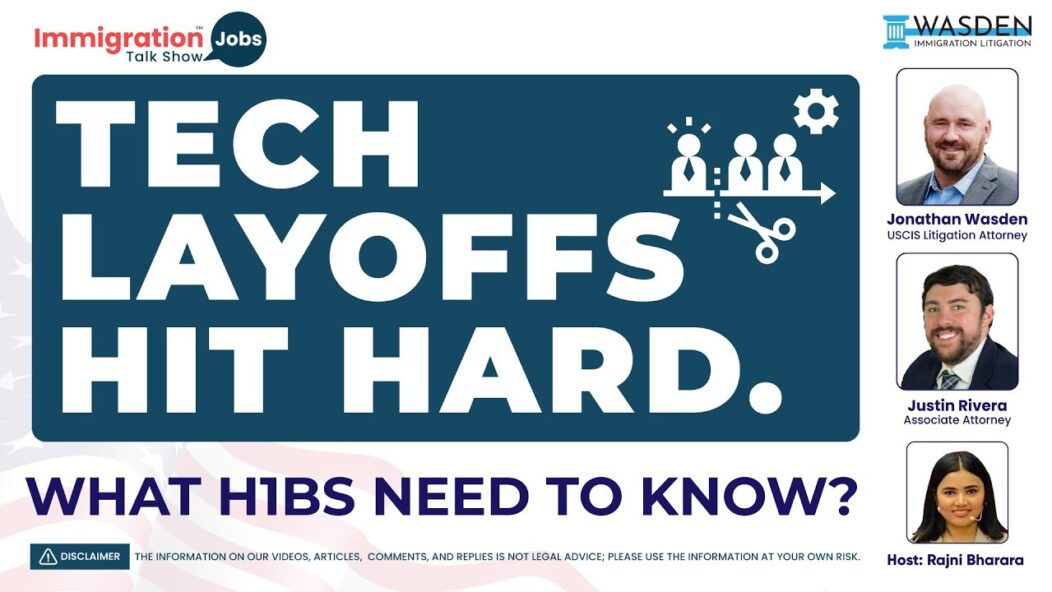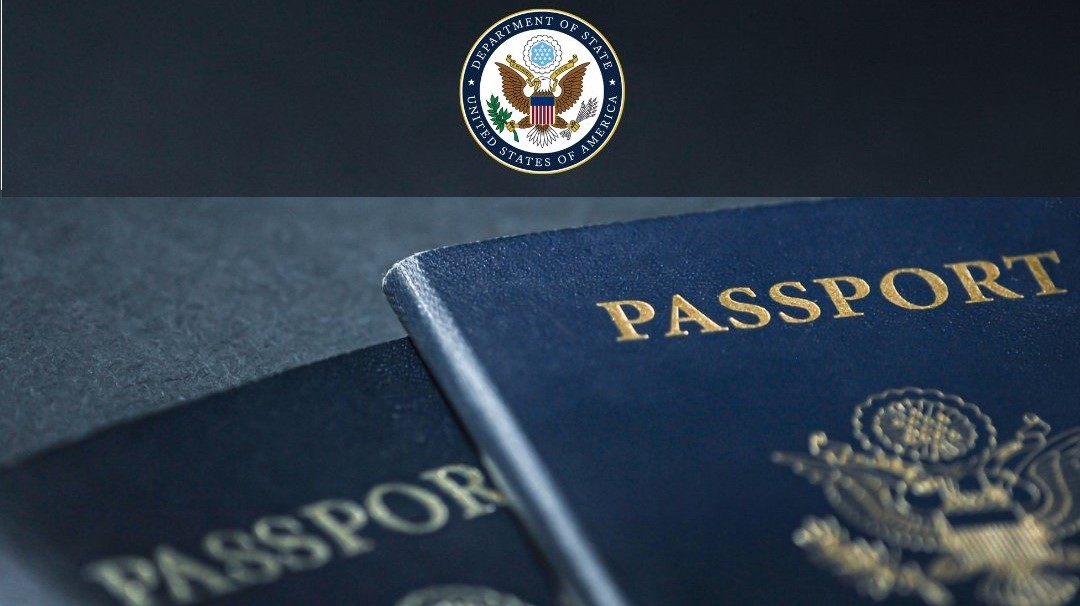The November 2024 Visa Bulletin brings both relief and challenges for Indian immigrants navigating the U.S. immigration process. As the demand for visas continues to exceed supply, particularly for India, it’s crucial for applicants to stay informed about the latest priority dates and filing requirements. This article breaks down key insights, focusing specifically on Indian employment-based and family-sponsored immigrant categories.
Key Takeaways:
- EB-2 and EB-3 Categories for India: Significant backlogs continue to affect employment-based preferences, with dates stuck in the 2012–2013 range.
- Final Action Dates for Family-Sponsored Visas: Moderate progress but long waits for certain categories like F4 (Brothers and Sisters of Adult U.S. Citizens).
- Filing Dates: While some dates moved forward slightly, retrogression remains a concern.
- Employment-Based Priority Workers: The First Preference Category (EB-1) shows some movement for Indians, but EB-2 and EB-3 remain highly retrogressed.
Context:
U.S. immigration policy has always placed a cap on the number of visas issued per country, and India, due to high demand, faces the most significant delays. For decades, Indians have been subject to prolonged wait times in family-sponsored and employment-based categories. These backlogs have been exacerbated by retrogressions, which occur when the final action date moves backward to adjust for the number of applications that exceed annual limits.
Employment-Based Visas – EB Categories
The employment-based (EB) categories remain the most common route for skilled Indian professionals seeking U.S. permanent residency. However, the November 2024 Visa Bulletin reveals persistent delays:
- EB-1: The first preference category, which includes individuals with extraordinary abilities or outstanding professors, remains current for most applicants but is slightly retrogressed for India. The final action date is set to February 1, 2022, indicating some backlog but not as severe as other categories.
- EB-2: The second preference category, which includes professionals with advanced degrees or exceptional abilities, remains severely backlogged. For India, the final action date is July 15, 2012, while the date for filing is October 1, 2020.
- EB-3: For skilled workers, professionals, and other workers, the situation is similarly bleak. The final action date for Indian applicants is set to November 1, 2012, and the date for filing is November 15, 2020.

Family-Sponsored Visas – F Categories
The family-sponsored visa categories also show significant delays for Indian applicants:
- F1: For the unmarried sons and daughters of U.S. citizens, the final action date is October 22, 2015, with the date for filing at September 1, 2017. This category shows moderate movement but remains heavily backlogged.
- F2A: The category for spouses and children of permanent residents is relatively better, with the final action date at January 1, 2022, and the date for filing set at July 15, 2024.
- F3: For married sons and daughters of U.S. citizens, the final action date is April 15, 2010, while the date for filing is April 22, 2012.
- F4: This category, which pertains to brothers and sisters of U.S. citizens, is one of the most backlogged, with the final action date for India at March 8, 2006, and the date for filing at August 1, 2006.

Retrogression and Its Impact on Indian Applicants
Retrogression is a critical concept in understanding the movement of visa dates, and it disproportionately affects high-demand countries like India. When the number of visa applications exceeds the available supply, the final action dates retrogress, moving backward to manage the backlog.
In November 2024, Indian applicants are witnessing retrogression primarily in the EB-2 and EB-3 categories. This means that applicants with priority dates later than the published final action dates will have to wait longer before their cases are processed.
Managing the Wait – Strategies for Indian Applicants
For those facing long wait times, there are strategies to navigate the system more effectively:
- Upgrading or Downgrading Categories: Some applicants may benefit from downgrading their petitions from EB-2 to EB-3, as the latter may sometimes move faster.
- Stay Updated on Dates: Keeping a close eye on monthly visa bulletins can help you act quickly when your priority date becomes current.
- Document Preparation: Ensure that all necessary paperwork is ready for submission as soon as your date becomes eligible for filing.
Diversity Visa and Its Relevance to Indian Applicants
The Diversity Visa (DV) program, often referred to as the “Green Card Lottery,” provides up to 55,000 immigrant visas each year to individuals from countries with historically low immigration rates to the U.S. While the program is an excellent pathway for some nationalities, it is not available to Indian applicants due to India’s high level of immigration to the U.S. over the past few decades.
Why Indians Are Excluded from the Diversity Visa Program?
The Diversity Visa program was designed to diversify the immigrant pool in the U.S. by allocating visas to underrepresented countries. India, being one of the countries with the highest number of immigrants to the U.S. through family-sponsored and employment-based categories, is not eligible for this lottery. Countries that send more than 50,000 immigrants to the U.S. over the past five years are excluded from participating, and India has consistently exceeded this limit.
Impact on Indian Applicants:
For Indian nationals, this exclusion means that they cannot rely on the Diversity Visa as an alternative immigration route. Instead, they must focus on the existing employment-based or family-sponsored immigration options, which are often backlogged due to high demand. This further reinforces the importance of staying informed about the visa bulletin and understanding the movement of priority dates for other visa categories.
Conclusion:
The November 2024 Visa Bulletin continues to highlight the challenges faced by Indian immigrants, particularly in the employment-based categories. While there is some movement in EB-1 and F2A categories, the backlogs in EB-2, EB-3, and family-sponsored categories persist. It’s vital for Indian applicants to stay informed, consider alternate visa strategies, and remain patient as they navigate the complexities of the U.S. immigration system.
Frequently Asked Questions:
What is retrogression, and how does it affect Indian applicants?
Retrogression occurs when the demand for visas exceeds the available supply, causing the final action dates to move backward. For Indian applicants, this means longer wait times in highly oversubscribed categories like EB-2 and EB-3.
How often are visa bulletin dates updated?
The U.S. Department of State updates the visa bulletin monthly, typically during the second week of each month.
Can I switch from EB-2 to EB-3 to reduce my wait time?
Yes, some applicants may choose to downgrade from EB-2 to EB-3 if the latter category has faster processing times. However, this decision should be made in consultation with an immigration attorney.
Why do Indian applicants face such long wait times?
Due to the per-country cap and high demand, India faces severe backlogs in both employment-based and family-sponsored categories. The cap restricts the number of visas that can be issued to Indian applicants each year.
What is the difference between final action dates and filing dates?
Final action dates indicate when the U.S. government will issue a visa, while filing dates indicate when applicants can submit their documents to be processed.
How useful was this post?
Click on a star to rate it!









